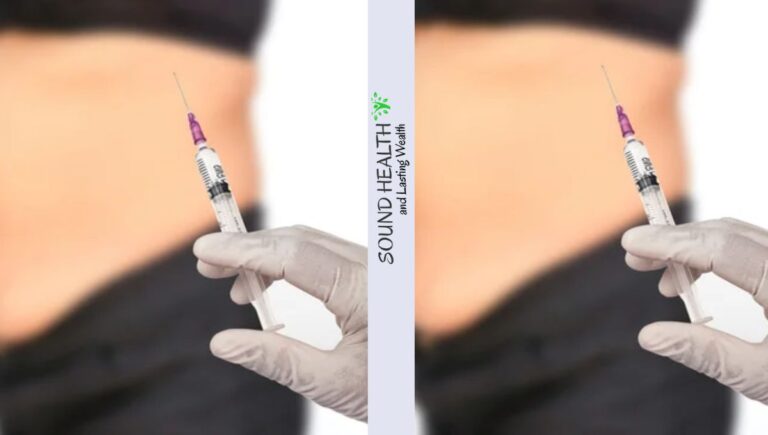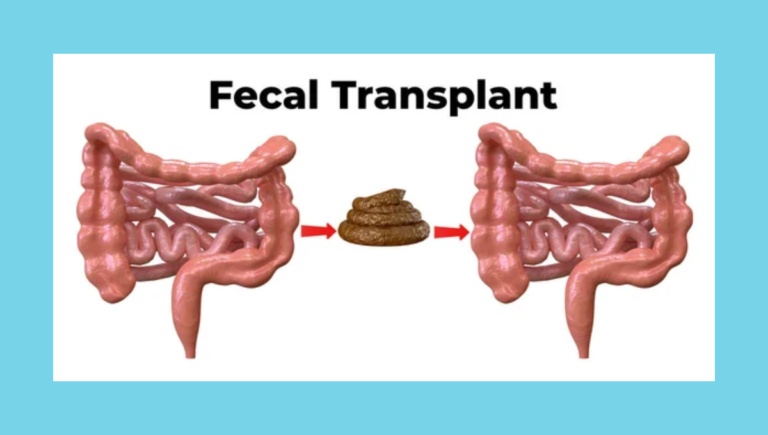Research suggests that children of men with fertility problems are at an increased risk for developing cancer at a young, age.
The first of its kind study revealed that families of men with very little or no sperm are up to 150 per cent more likely to have tumors diagnosed than families of men with normal sperm counts.
Researchers used Utah database to collect data on the first relative of men – parent, child, or sibling – their second relative, grandparents, or nieces or nephews, and third relatives, great grandparents, or great aunts or uncles.
Cancer risk and type are affected by the sperm count of males.
Infertility is not well known in the United States, but previous studies have estimated that 1 in 20 men suffers from low or no sperm count.
Researchers have not concluded why there is a link between sperm counts and cancer, but they are currently performing genetic sequencing in order to find specific gene mutations which may be causing the associations.
According to the study, among the family members of men without sperm there was a 156 per cent increased risk for cancers in the bones and joints, 60 per cent increased risk for lymphomas and 56 percent higher risk soft tissue cancers. There was also a 54percent increased risk thyroid cancers, and a 27percent increased risk womb cancers.
The results of the study showed that relatives of men who have low sperm had a 143% increased risk for bone and joint cancers, a 134% increased risk for testicular and colon cancers, and a 16% increased risk.
However, one cancer had a reduced risk: esophageal carcinoma, with a 61-percent decreased risk.
Joemy Ramsay, a study author at Utah University, said that when family members share similar cancer risk patterns it indicates they may have shared genetic, environmental or health behaviors.
By identifying the groups of families with similar patterns of cancer risk, we can better understand both cancer and infertility.
It will allow us to better counsel patients and assess the cancer risk in families.
In approximately 40 percent of cases, the cause of male infertility remains unknown.
Researchers have not yet determined why there is a link between sperm counts and cancer, but they are currently performing genetic sequencing in order to find specific gene mutations which may be driving these associations.
Researchers studied data between 1996 and 2017 for 786 men who visited fertility centers in Utah, compared to 5,600 men in the general population with at least one baby.
Men with fertility problems had low sperm levels or no sperm in 426 cases.
The average sperm count per milliliter is 15 million.
A low sperm count is medically known as oligospermia (or oligozoospermia) and is defined by having less than 15 millions sperm per milliliter of sperm.
A lack of sperm within the semen tissue is known as azoospermia.
A low sperm count can be accompanied by poor motility – the ability for the sperms to move through the reproductive tract of a partner – or low quality sperm. This can make it harder to conceive.
In approximately 40 percent of cases, the cause of male infertility remains unknown.
Some infertile men have normal sperm counts, while others may have low or non-existent sperm counts. Infertility can be caused by genetics, medical conditions and hormonal disorders, as well as environmental factors such a radiation and high temperatures, and lifestyle choices like illicit drug and alcohol use.
In about half the cases, male infertility or a contributing factor is the reason couples seek assisted reproduction treatment.
Researchers identified 13 clusters in the study published in Human Reproduction.
One cluster, including 66 percent families, showed a similar cancer risk to that of the general population.
The remaining 12 clusters of families were all at increased risk of at least one cancer type.
Two clusters had an increased cancer risk in children and adolescents.
There were 12 clusters of family members with men who had severely low sperm. They all had an elevated risk of one kind of cancer.
Five clusters had an increased cancer diagnosis risk at a young or adolescent age. Three clusters had an increased cancer risk in young adults and adolescents, and two clusters had an increased cancer risk in children.
Researchers have found that the vastly different levels of infertility or subfertility among family members may be due to men’s sperm counts, which can range from low to high.









+ There are no comments
Add yours